Japan, Meiji era, second half of the 19th century.
The origin of jizai okimono, whose production began in the 17th century, is due to periods of slowing down of war conflicts in Japan. During these periods, some of the most talented craftsmen who made samurai armor, who were idle, turned to the production of these collector's items which allowed them to continue to live from their art by mobilizing their great dexterity.
These articulated pieces often represent crustaceans and insects but also birds, fish and imaginary animals such as dragons. Often, animals whose bodies are covered with an exoskeleton are favored because it takes the structure of an armor. The more joints the model has, the more complex the design requires.
Our model is to the scale of a crab such as it can be found in nature and its realism is due to both its articulated legs and claws and the chiselling work done on its shell, which has all the anatomical characteristics of a real crab.



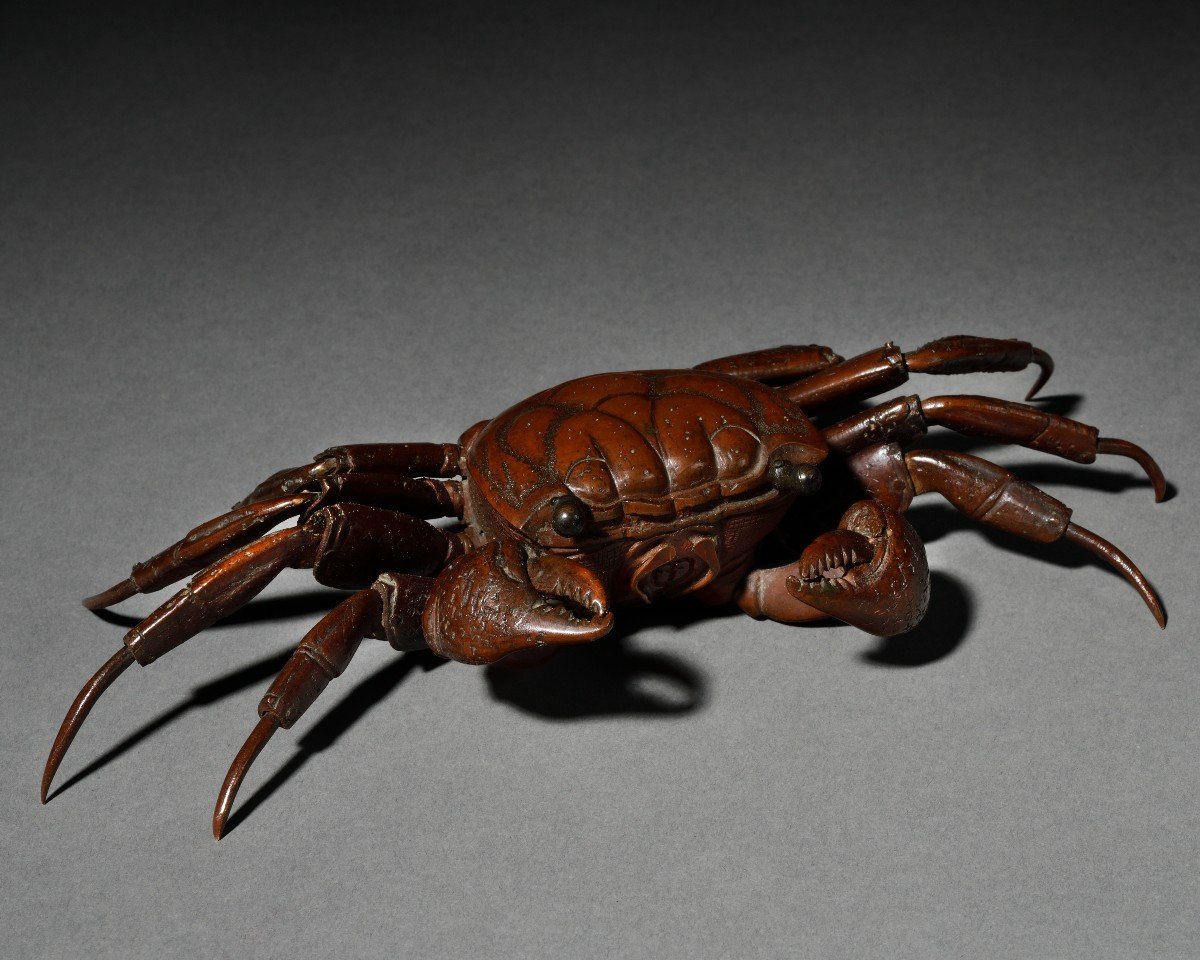
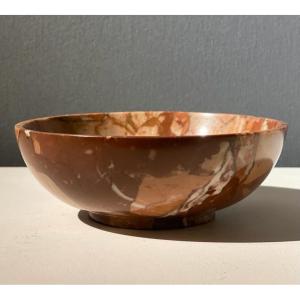
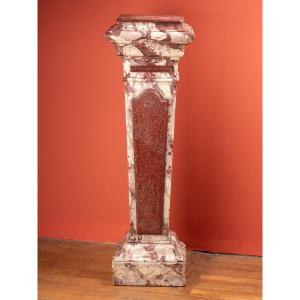
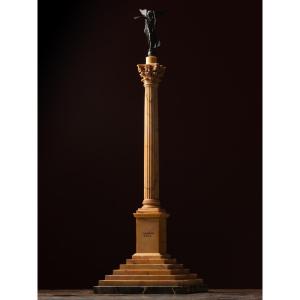






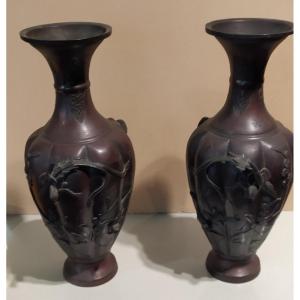

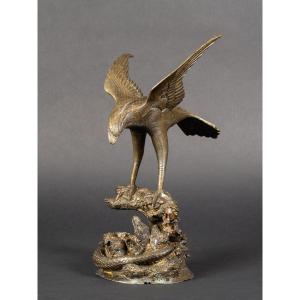



 Le Magazine de PROANTIC
Le Magazine de PROANTIC TRÉSORS Magazine
TRÉSORS Magazine Rivista Artiquariato
Rivista Artiquariato
